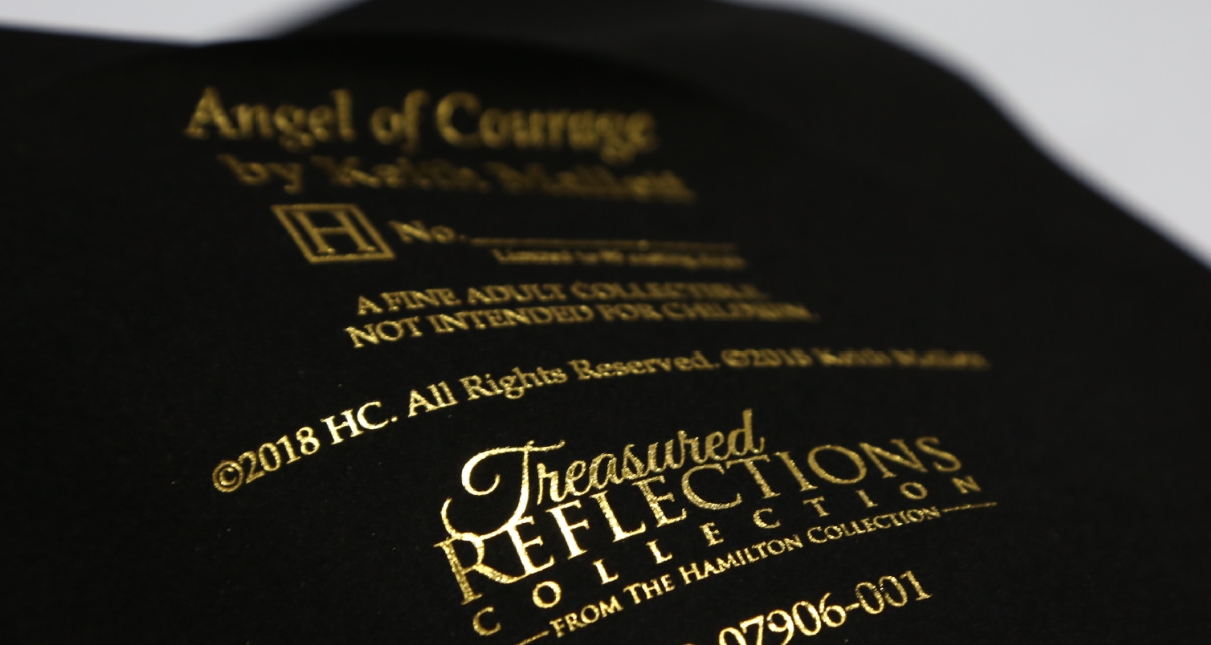Hot stamping processing has become a common part of printed products such as paper cards, greeting cards, postcards, etc., and the technology is also very mature. Here are five hot stamping methods introduced to you, all of which can be used in printing and have different characteristics. You can choose different hot stamping methods according to different designs.

1、 Flat ironing
Flat hot stamping is the most commonly used method of hot stamping, where only the content that needs to be hot stamped will have metal, and other areas will be left blank or printed. The purpose of flat hot stamping is to highlight the hot stamping position and heat the most important materials with gold. Compared to other processes such as reverse hot stamping and multiple hot stamping, flat hot stamping has lower difficulty and fewer opportunities for errors. In addition, as it is the simplest hot stamping process, it will also cause less paper loss.
2、 Anti scalding
Reverse ironing is the opposite of flat ironing, using metal hollows to highlight the blank areas, and the gilded parts are used to complement. The usual practice is to surround the highlighted image with a large graphic, and the surrounding graphic will be gilded while the highlighted image will be hollowed out, creating a reverse hot effect. When doing reverse ironing, if the gold foil used as a backdrop has a large area, the price will be relatively high. And the prominent graphic lines should not be too thin, otherwise the effect of the finished product will not be ideal.
If special paper is used for hot stamping, the characteristics of paper patterns and other factors need to be considered. If the surface of the paper is not smooth, it is not recommended to use reverse stamping because the precision of large-area hot stamping is easily affected by paper patterns.
3、 Overlapping printing and ironing
Printing and stamping overlap is a highly skilled processing technique, and its printing design cleverly combines hot stamping with printing colors. The master will first do printing, followed by hot stamping. The hot stamping process has high accuracy in position, but the printed product has first-class effect and is full of fun. This approach not only tests the skill of the master, but also tests the designer’s thinking of matching colors.
4、 Multi color hot stamping
Many designers, in order to highlight images and text, will heat stamp the same image and text twice or more, which we call multi-color hot stamping. This hot stamping method also requires high-precision hot stamping, similar to hot stamping overlap. Hot stamping overlap refers to color and hot stamping, while multi-color hot stamping refers to multiple hot stamping colors overlapping. When multiple colors need to be hot stamped multiple times, it is necessary to pay attention to the hot stamping position and the compatibility of the gold foil. If the designer sets the distance between the two hot stamping too short during design, there is a chance that the two colors will stick together.
5、 3D hot stamping
The combination of hot stamping and embossing techniques is called three-dimensional hot stamping, which makes the hot stamping part convex and forms a three-dimensional relief effect. However, it should be noted that the back of the three-dimensional hot stamping will have a concave effect, so remember to leave white space on the back when designing, otherwise the graphics or text will be affected.
